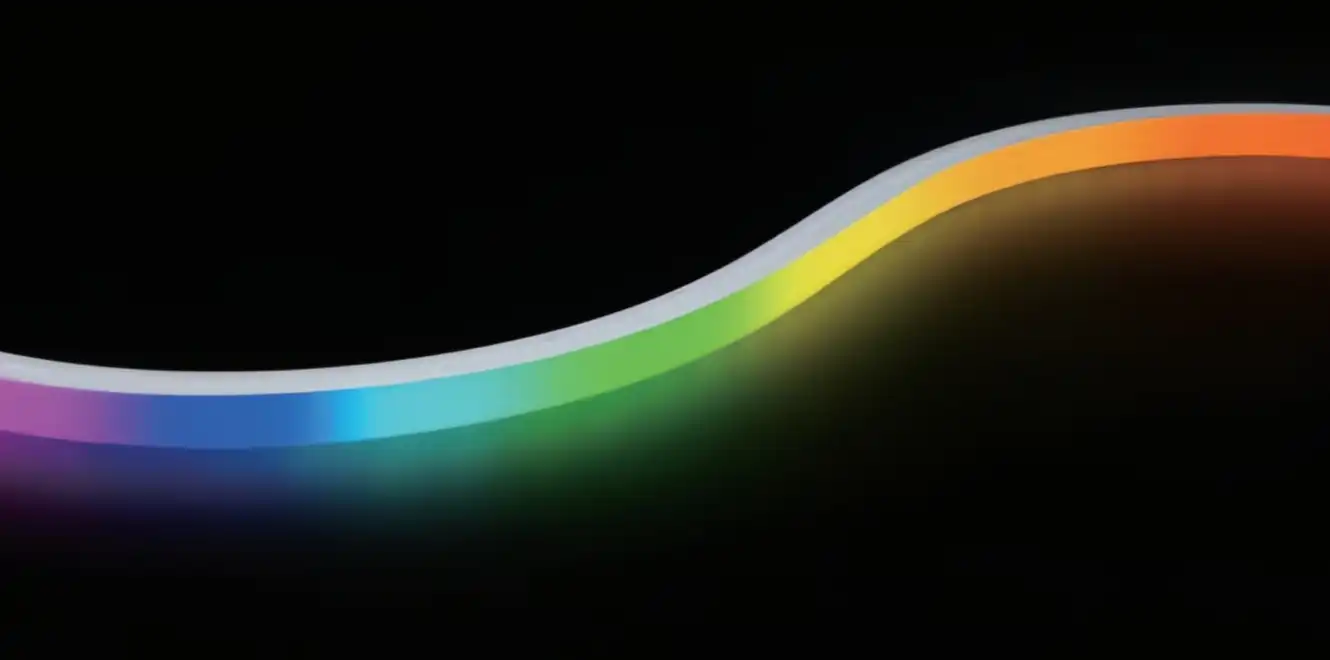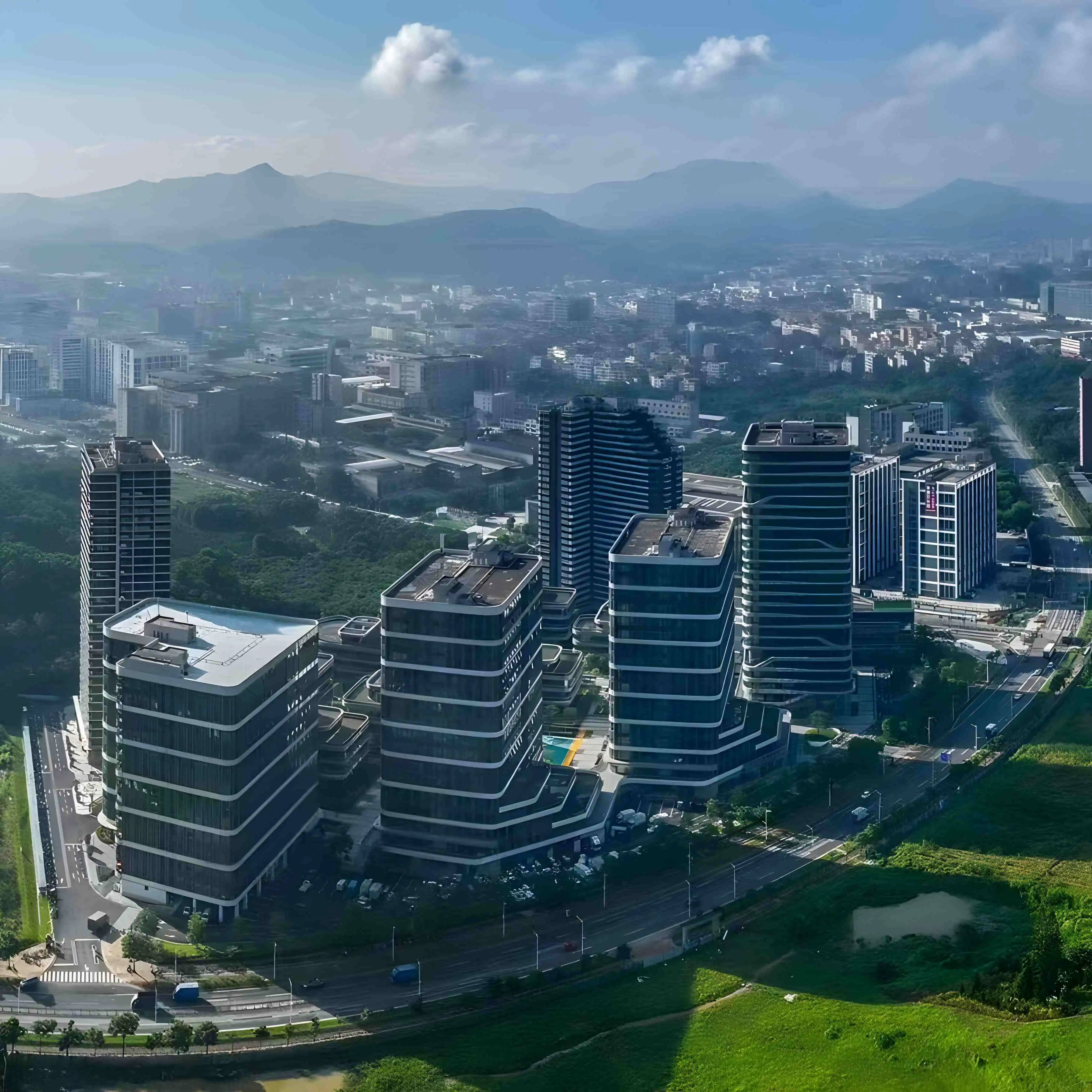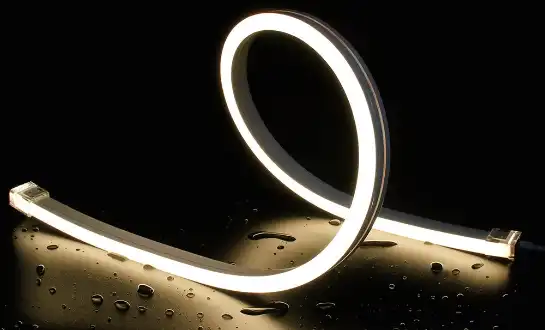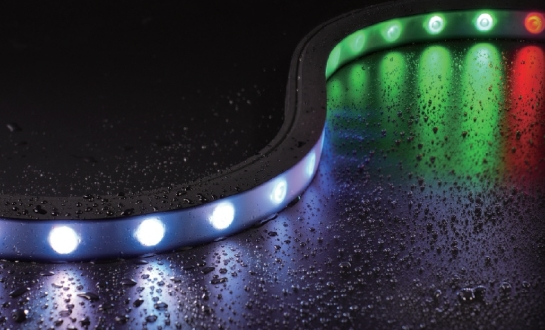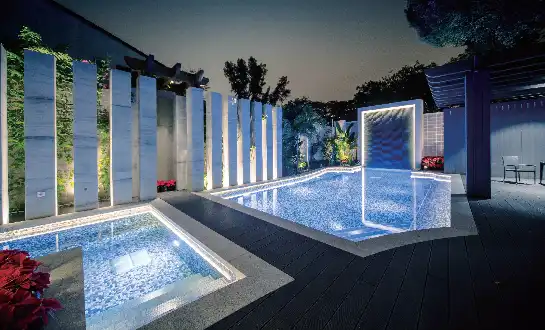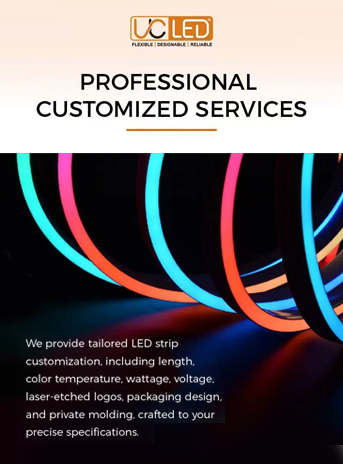The Evolution of LED Neon Flex Technology
From Traditional Neon to LED Innovation
The journey from traditional neon to LED neon flex represents a significant leap in lighting technology. Classic neon signs, with their distinctive glow, have been a staple of urban landscapes for decades. However, they come with several drawbacks, including high energy consumption, fragility, and the use of potentially hazardous gases. Enter LED neon flex, a revolutionary alternative that addresses these issues while preserving the iconic aesthetic of neon lighting.
LED neon flex utilizes light-emitting diodes (LEDs) as its light source. These tiny semiconductor devices emit light when an electric current passes through them. Unlike traditional neon, which requires a high-voltage electric discharge through gas-filled glass tubes, LED neon flex operates on low-voltage DC power, making it significantly more energy-efficient and safer to use.
Advancements in Materials and Design
The development of LED neon flex has been accompanied by advancements in materials science. The flexible tubing that encases the LEDs is typically made from high-quality silicone or PVC. These materials offer several advantages:
- Durability: Resistant to impacts, vibrations, and extreme weather conditions
- Flexibility: Can be bent and shaped to create custom designs
- UV resistance: Maintains color and clarity over time, even in outdoor applications
- Water resistance: Many LED neon flex products are IP67 or IP68 rated, allowing for use in wet environments
The design of LED neon flex has also evolved to improve light diffusion and create a more uniform, neon-like appearance. This is achieved through carefully engineered internal structures and the use of specialized diffuser materials within the tubing.
Understanding Dimmable LED Neon Flex Functionality
The Science Behind LED Dimming
Dimming LED neon flex involves modulating the amount of electrical current flowing through the LEDs. There are two primary methods used for LED dimming:
- Pulse Width Modulation (PWM): This technique rapidly switches the LEDs on and off at a frequency imperceptible to the human eye. By adjusting the ratio of "on" time to "off" time, the perceived brightness of the LED neon flex can be controlled.
- Constant Current Reduction (CCR): This method directly reduces the current flowing through the LEDs, lowering their light output. CCR is often used in high-end dimming systems for smoother dimming at low light levels.
Most dimmable LED neon flex products use PWM dimming due to its efficiency and compatibility with a wide range of dimming systems.
Components of a Dimmable LED Neon Flex System
A typical dimmable LED neon flex system consists of several key components:
- LED strip: The core component, containing a series of LEDs mounted on a flexible circuit board
- Flexible tubing: The outer casing that gives the product its neon-like appearance and provides protection
- Power supply: Converts AC power to the low-voltage DC required by the LEDs
- Dimming controller: Manages the dimming function, often incorporating a microprocessor to interpret dimming signals and adjust LED output accordingly
- User interface: Can range from simple wall-mounted dimmers to sophisticated smart home control systems
The integration of these components allows for seamless brightness control, enhancing the versatility of LED neon flex in various applications.
Applications and Benefits of Dimmable LED Neon Flex
Versatile Lighting Solutions
Dimmable LED neon flex finds applications across a wide spectrum of industries and settings:
- Architectural lighting: Highlighting building features, creating accent lighting, and enhancing facades
- Commercial spaces: Illuminating storefronts, bars, restaurants, and entertainment venues
- Residential use: Adding ambiance to living spaces, kitchens, and outdoor areas
- Signage: Creating eye-catching, customizable signs for businesses
- Event lighting: Providing flexible, temporary lighting solutions for parties and exhibitions
The dimmable feature enhances these applications by allowing users to adjust lighting levels to suit different times of day, moods, or functional requirements.
Energy Efficiency and Sustainability
One of the most significant advantages of dimmable LED neon flex is its energy efficiency. Compared to traditional neon lighting, LED neon flex can reduce energy consumption by up to 80%. This efficiency is further enhanced by the dimming capability:
- Lower brightness settings directly correlate to reduced energy consumption
- Dimming can extend the lifespan of the LEDs by reducing heat generation and electrical stress
- The ability to adjust light levels helps prevent unnecessary energy use during daylight hours or in low-occupancy periods
Moreover, LED neon flex is mercury-free and doesn't contain harmful gases, making it a more environmentally friendly option compared to traditional neon lighting.
Cost-Effectiveness and Longevity
While the initial investment in dimmable LED neon flex may be higher than traditional lighting options, the long-term benefits often result in significant cost savings:
- Extended lifespan: Quality LED neon flex can last up to 50,000 hours or more, reducing replacement frequency
- Lower maintenance costs: LEDs are more durable and require less maintenance than traditional neon tubes
- Reduced energy bills: The combination of LED efficiency and dimming capabilities can lead to substantial energy savings over time
- Versatility: The ability to adjust brightness levels means one lighting system can serve multiple purposes, potentially reducing the need for additional fixtures
Conclusion
Dimmable LED neon flex represents a significant advancement in lighting technology, offering the visual appeal of traditional neon with the benefits of modern LED systems. Its ability to provide adjustable, energy-efficient illumination makes it a versatile solution for a wide range of applications. As technology continues to evolve, we can expect further improvements in efficiency, color quality, and control options, solidifying LED neon flex's position as a leading choice for innovative lighting design.
Expert LED Neon Flex Solutions | QUAN HE
At QUAN HE, we pride ourselves on being a leading manufacturer and innovator in the LED lighting industry. Our state-of-the-art 5,000m² factory is equipped with advanced SMT assembly lines and rigorous quality control processes, ensuring that our dimmable LED neon flex products meet the highest standards of performance and durability. As an ISO 9001:2015 and ISO 14000 certified company, we offer comprehensive OEM and ODM services, allowing us to create tailored lighting solutions that perfectly align with your project needs. Trust in our expertise to illuminate your space with precision and excellence. For inquiries, contact us at Linda@uc-led.com.
References
1. Johnson, E. (2022). "The Evolution of Neon: From Gas-Filled Tubes to LED Technology." Lighting Design Quarterly, 45(2), 28-35.
2. Smith, A., & Brown, B. (2021). "Energy Efficiency in Modern Lighting: A Comprehensive Study of LED Neon Flex Applications." Journal of Sustainable Lighting, 16(4), 112-127.
3. Lee, C. (2023). "Advancements in Dimmable LED Technologies for Architectural Lighting." International Journal of Architectural Engineering, 8(3), 205-220.
4. García, M., & Wilson, T. (2022). "Comparative Analysis of Traditional Neon and LED Neon Flex: Environmental Impact and Performance Metrics." Sustainability in Design, 11(2), 78-93.
5. Patel, R. (2023). "Smart Lighting Solutions: The Integration of Dimmable LED Neon Flex in IoT Ecosystems." IEEE Transactions on Smart Environments, 7(1), 45-60.
